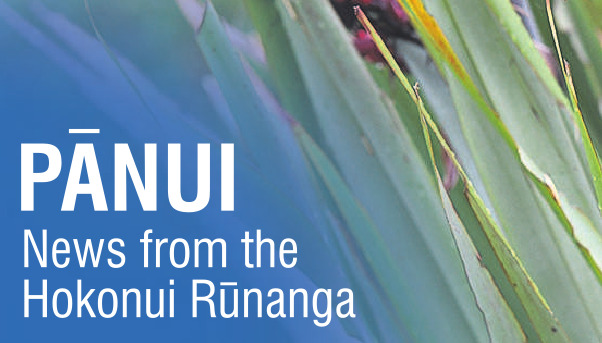
This annual event offers a chance for families and communities to come together to celebrate, reflect and to prepare for new beginnings, signifying the start of the Māori New Year.
Matariki, a star cluster know globally as the Pleiades or the Seven Sisters, heralds the start of the Māori New Year.
Appearing in the sky just before dawn during late June or early July, its rising signifies a period of reflection, renewal, and preparation for the year ahead.
Traditionally, the brightness of the stars was believed to predict the abundance of the coming year.
Clear, bright stars signified a prosperous year, while dim stars warned of a more challenging season ahead.
Today, Matariki is celebrated across the motu in many ways. Māruawai Gore celebrates Matariki with festivals such as Kāhui Whetū, organised by the Gore District Council, and Māruawai Matariki Celebration, led by a dedicated group of Southlanders. These events blend traditional Māori customs with modern festivals, with performances, art and community gatherings that represent cultural aspects of the Māori people.
No matter how you choose to spend your Matariki public holiday, take some time to remember your loved ones who have died, reflect on the year that has been, and plan for the year ahead.
Matariki, with its unique blend of celestial and cultural elements, remains a representation of renewal and unity.
It’s a time for all New Zealanders to come together, to celebrate their heritage, and look forward to the opportunities that lie ahead.
So, as we look forward to Matariki rising, take a moment to cherish our loved ones and prepare for a prosperous and hopeful new year ahead.
By Shelley Karena, Hokonui Rūnanga












